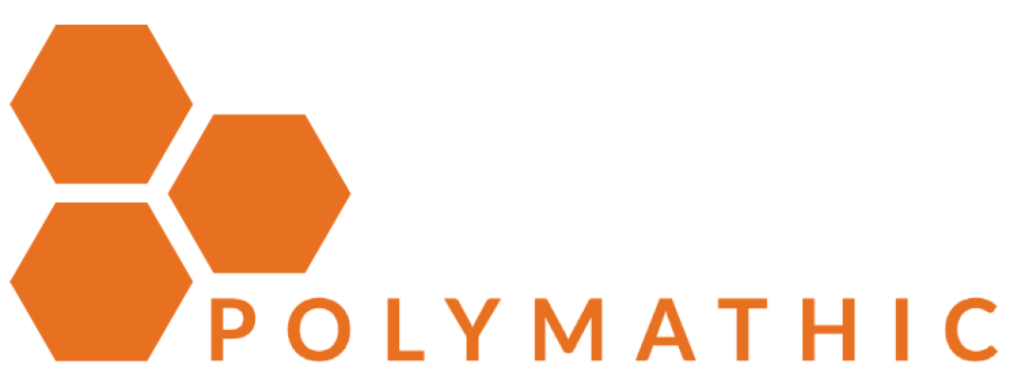Revolutionizing Project Management: How Human-AI Collaboration Drives Operational Excellence at Asana

Introduction
Asana is a well-known player in the project management space. It's a platform that revolutionized how teams collaborate and manage their work. At its core, Asana serves as a central hub for teams to organize tasks, track progress, and communicate about their projects. It's like a digital workspace where everyone can see what needs to be done, who's responsible for each task, and how everything fits into the bigger picture. Asana's role in project management is crucial, because it brings clarity and structure to complex workflows. It helps teams stay aligned, reduces the need for constant status update meetings, and ensures nothing falls through the cracks.
Operational excellence has become a cornerstone for modern businesses, especially when it comes to project management. In today's fast-paced business environment, companies can't afford to be inefficient or inconsistent. Operational excellence is about creating reliable, scalable processes that deliver high-quality results time after time. In project management, this translates to meeting deadlines consistently, staying within budget, and achieving project goals without unnecessary stress or last-minute scrambles. It's not just about doing things right occasionally; it's about building systems and practices that ensure success becomes the norm rather than the exception. This focus on excellence allows businesses to adapt quickly to market changes, optimize their resources, and ultimately deliver more value to their customers and stakeholders.
Asana's Approach to AI Integration
Asana's approach to integrating AI is really fascinating. They're not trying to replace human workers with robots; instead, they're focusing on how AI can enhance and augment human capabilities. It's like giving each team member a super-smart assistant that can handle routine tasks, provide insights, and make suggestions. This frees up humans to focus on what they do best – creative problem-solving, strategic thinking, and complex decision-making. Asana's AI works alongside human employees, learning from their behaviors and preferences to become more helpful over time. It's a collaborative approach where the AI handles the grunt work, allowing humans to elevate their contributions and focus on high-value activities.
When it comes to AI functionalities within Asana, there are several key features that really stand out. One of the most impressive is their smart task scheduling. The AI can analyze project timelines, team workloads, and historical data to suggest optimal due dates for tasks. This helps prevent bottlenecks and ensures a more balanced workload across the team. Another cool feature is their use of natural language processing. You can type in a task description, and the AI will understand it, automatically categorizing the task, suggesting assignees, and even setting up related workflows. They also have some powerful predictive analytics capabilities. The AI can forecast project completion times, identify potential risks, and even suggest proactive measures to keep things on track. It's like having a crystal ball for your projects, helping teams stay ahead of issues before they become problems.
Asana's strategic objectives with their AI integrations are multifaceted. First and foremost, they're aiming to boost user productivity and efficiency. By automating routine tasks and providing intelligent insights, they're helping teams get more done in less time. They're also focused on enhancing decision-making processes. The AI provides data-driven insights that can help project managers and team leaders make more informed choices about resource allocation, timelines, and project scope. Another key objective is likely improving user satisfaction and adoption. By making the platform more intuitive and helpful, they're encouraging users to engage more deeply with the tool, which in turn provides more data to further improve the AI. Ultimately, these AI integrations are about maintaining Asana's competitive edge in a crowded market, ensuring they remain at the forefront of project management innovation.
